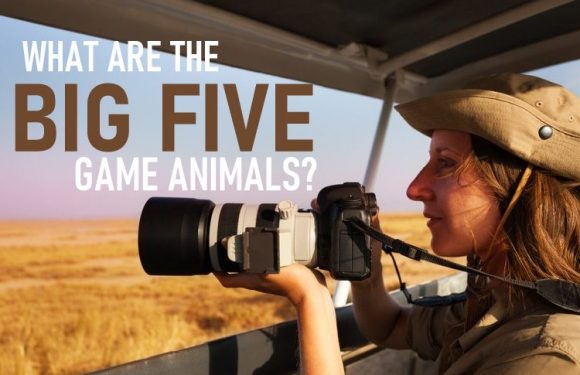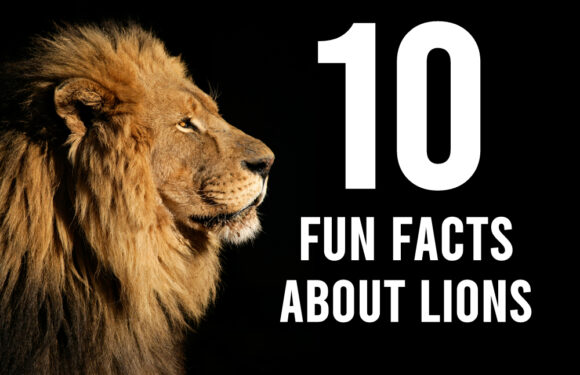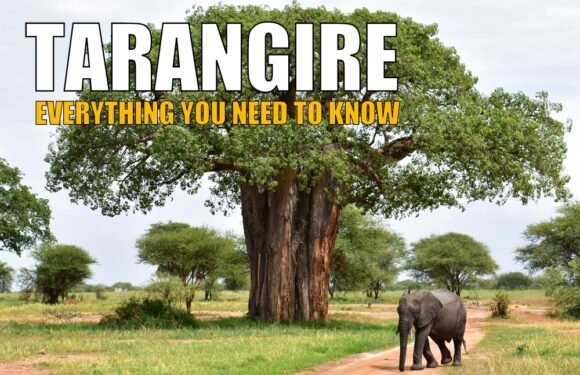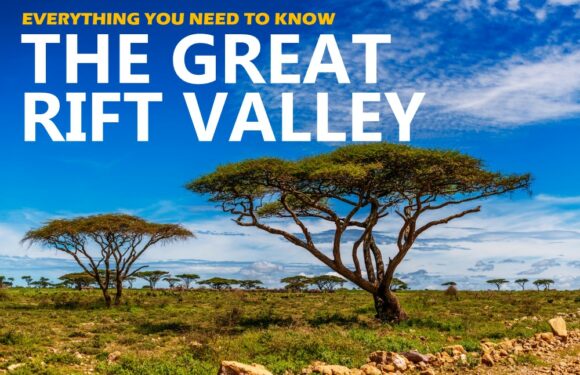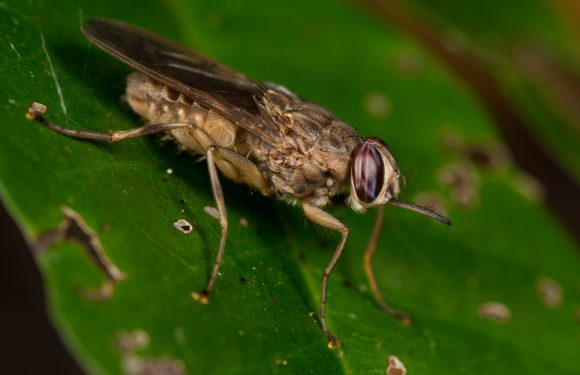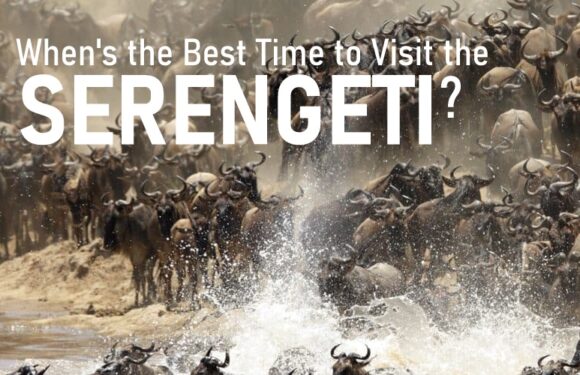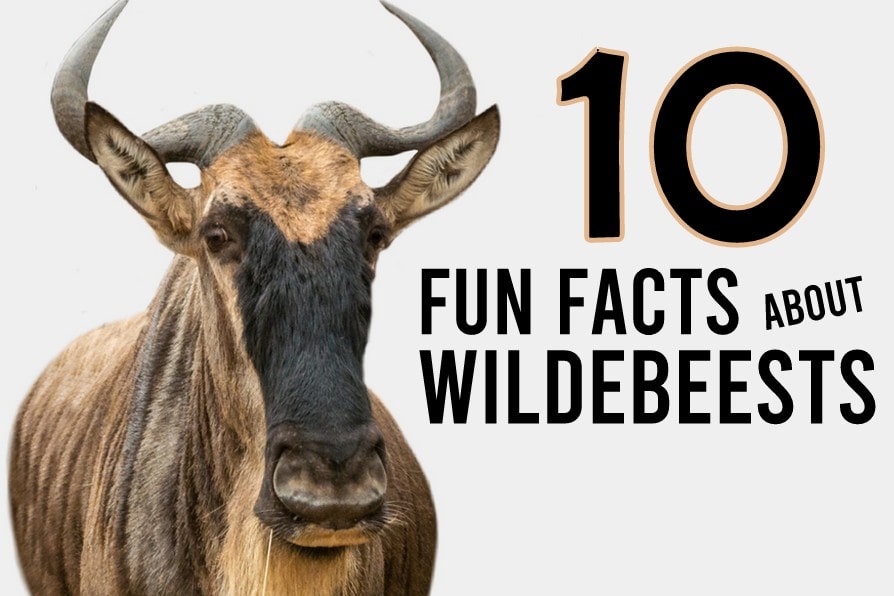
The wildebeest is an emblematic figure of the African savanna. The famous Serengeti population of wildebeest is the largest herbivore herd on Earth, estimated to number between 1.3 and 1.7 million animals.
1. There are Two Wildebeest Species
Wildebeests are members of the antelope family. They are native solely to Africa’s southern, northern, and eastern landscapes. There are two species: blue wildebeest or brindled gnu (Connochaetes taurinus) and black wildebeest or white-tailed gnu (Connochaetes gnou). The main differences in their appearance are their color and the orientation of their horns.
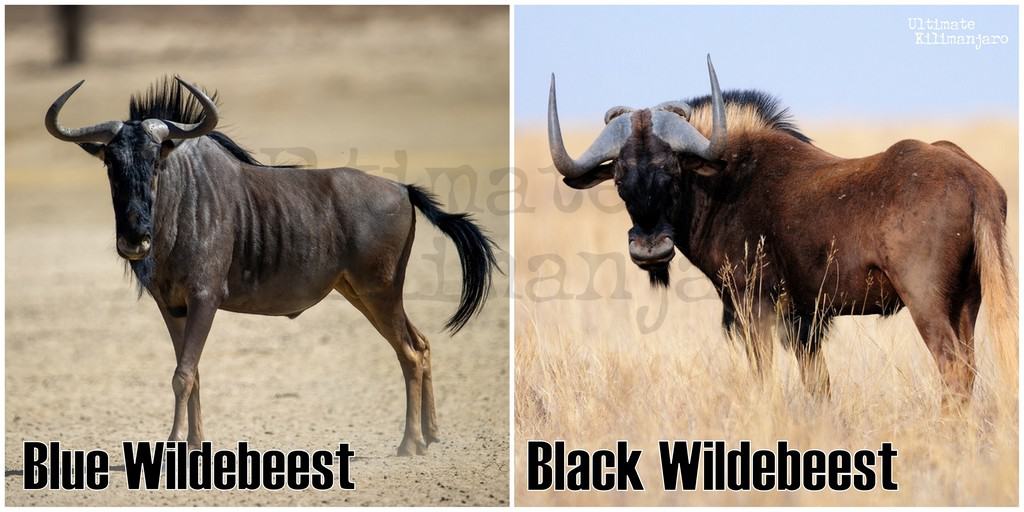
The blue wildebeest has five subspecies: albojubatus, cooksoni, johnstoni, mearnsi, and taurinus, while the black wildebeest stands as a unique species.
2. Their Name Came From Dutch Settlers
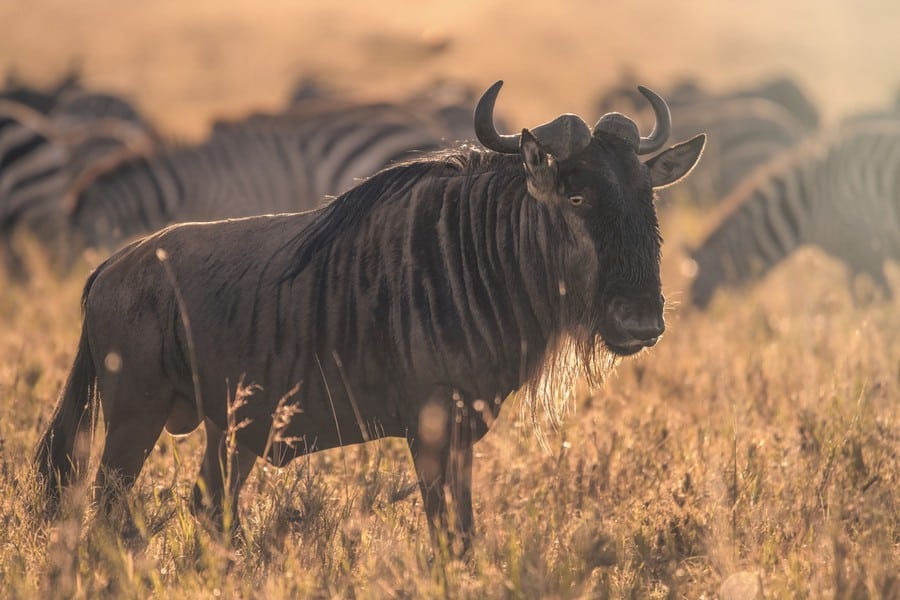
The term ‘wildebeest’ itself is Dutch in origin. It means “wild beast” or “wild ox” in Afrikaans, and is a reflection of the settlers’ first impression of these animals when they encountered them around 1700 in South Africa.
The scientific genus name, Connochaetes, is derived from Greek, with ‘kónnos’ meaning ‘beard’ and ‘khaítē’ denoting ‘flowing hair’ or ‘mane’, aptly describing their distinct appearance. Wildebeests have large heads, hairy beards, and a shaggy exterior. Both sexes have sharp horns that grow outward to the side and curve inward.
3. Wildebeest are the Driver of the Migration
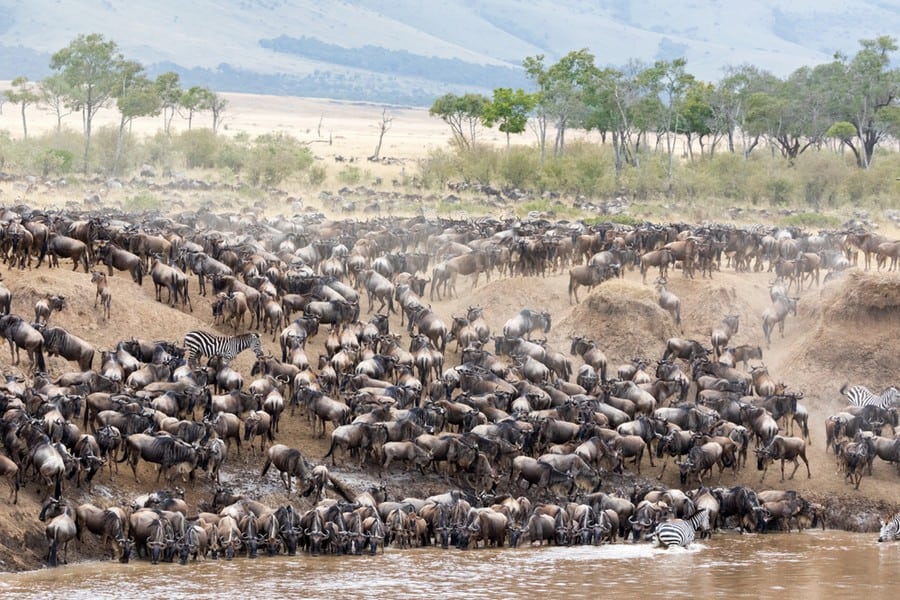
Wildebeests are renowned for their role in the great migration. This annual event is a journey that is as perilous as it is spectacular. It sees herds of wildebeest and other animals moving large distances across the Serengeti and Maasai Mara in search of fresh food and water. The path follows an ancient route that are ingrained in their collective memory.
The migration is not just a movement of animals; it’s a pivotal event that affects the entire savanna ecosystem. The migration of wildebeests also shapes the lives of other species. Predators like lions and hyenas rely on the herds for food, while scavengers benefit from the remains. The migration also aids in seed dispersal and nutrient cycling, contributing to the health of the grasslands. Thus, the great migration is a cornerstone of the ecological and biological processes of the savanna.
Note that not all wildebeest migrate. For instance, the populations in the Ngorongoro Conservation Area in Northern Tanzania are sedentary.
4. Wildebeests are Made for Speed and Endurance
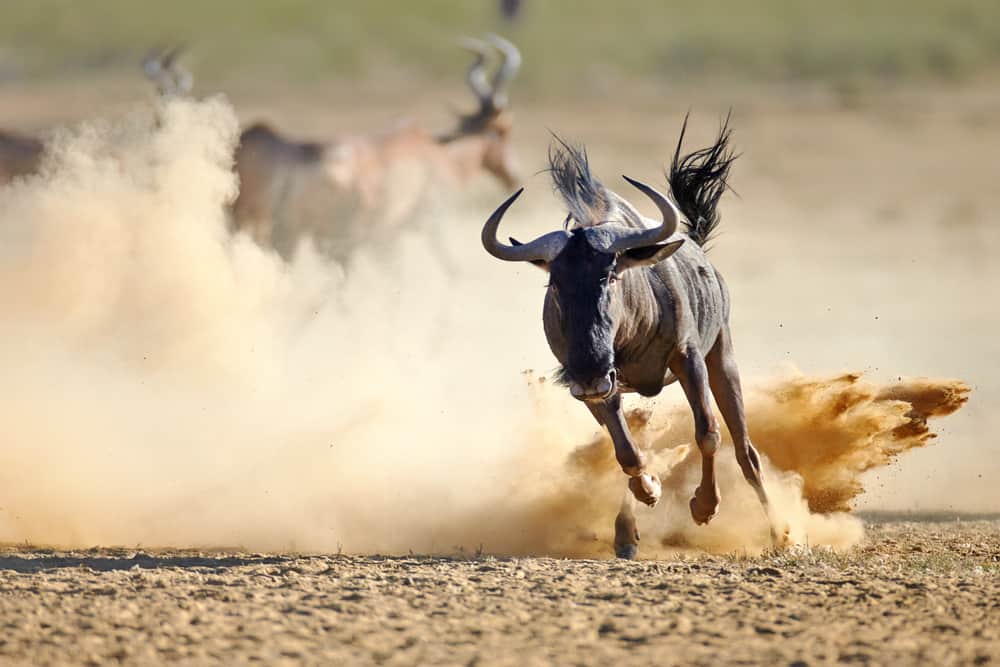
Despite their somewhat ungainly appearance, wildebeests are built for both speed and endurance. Capable of reaching speeds up to 50 mph (80 km/h), they are adept at evading predators. Their muscular build and powerful limbs enable them escape from predators. They can travel long distances efficiently and effectively, using no more energy to run than to they do to walk.
Furthermore, wildebeests are equipped with adaptations that allow them to thrive in the challenging savanna environment. Their digestive system is highly efficient, enabling them to extract maximum nutrients from the grasses they consume. This efficiency is required for maintaining their energy levels, especially during the migration and breeding seasons.
5. Wildebeests Give Birth in Synchronicity
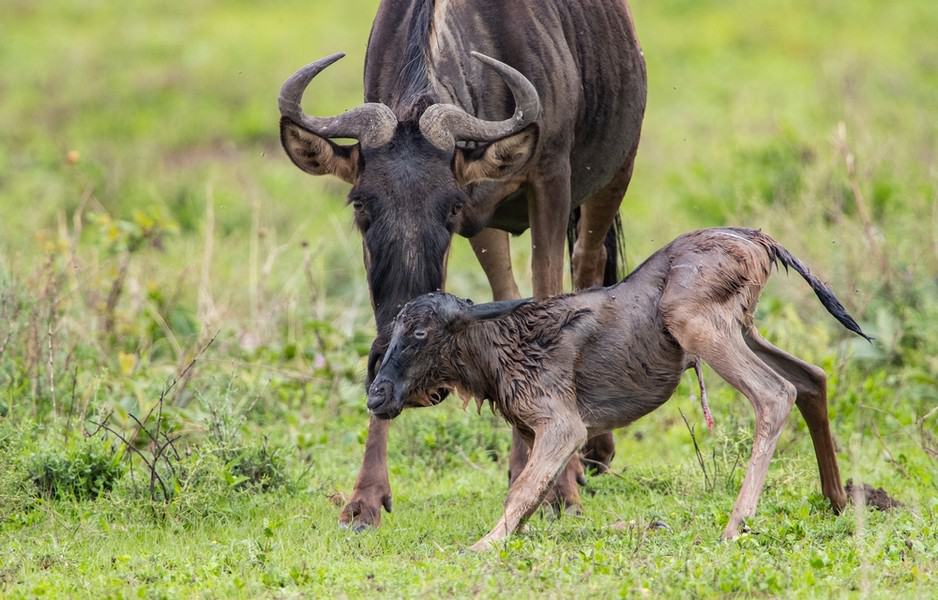
The birthing season of the wildebeest is a highly synchronized event. Most wildebeest calves, about 80%, are born within a short period at the start of the rainy season. This timing maximizes the chances of survival of the calves by overwhelming predators with sheer numbers. Additionally, it ensures that the calves are born when there is abundant grass for the lactating mothers.
Around 8,000 wildebeest calves born daily at the peak of the birthing season. These calves weigh between 44 to 49 pounds at birth and are able to run within two minutes of being born!
6. They Eat Grass and That’s Important
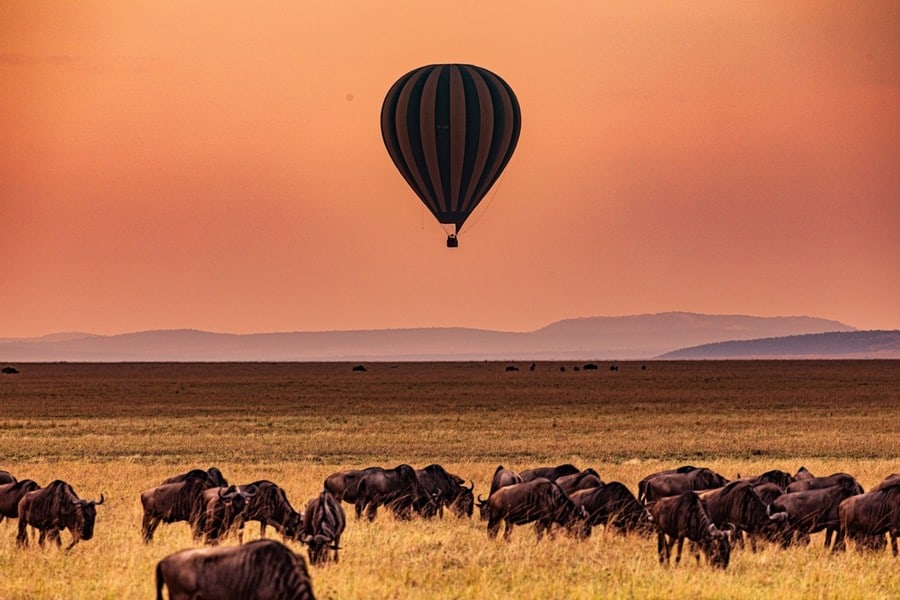
Wildebeests primarily feed on grasses. They have a blunt muzzle and wide row of incisor teeth made for eating dense, short grasses. This simple diet is important to the ecosystem. Their grazing habits prevent overgrowth of grasslands and thus, promote biodiversity. This is particularly beneficial in areas where grass growth is rapid and needs to be kept in check to maintain a balanced environment. Wildebeests eat over 4,000 tons of grass per day.
The wildebeests’ feeding patterns also influence the distribution and behavior of other species. By grazing on certain areas, wildebeests impact the availability of resources for other herbivores. Their migratory movements, driven in part by their search for food, help to distribute nutrients across the savanna. The dietary habits of wildebeests are thus integral to the functioning of the savanna.
7. Wildebeest Depend on Water
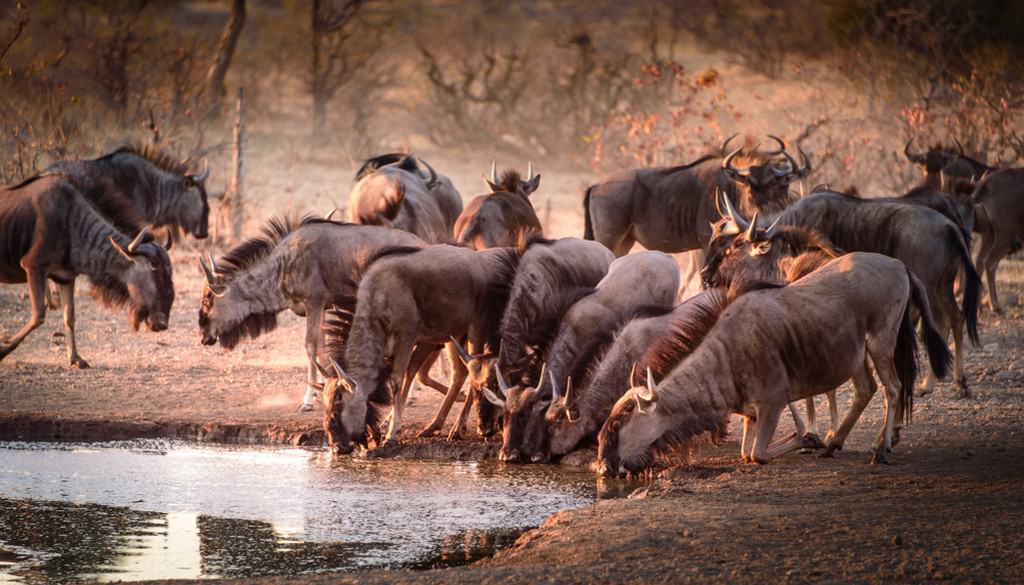
Wildebeests have a significant dependence on water, a trait that largely dictates their migratory patterns. Unlike some savanna species that can survive with minimal water, wildebeests need regular access to water sources. This need drives them to embark on their great migration, seeking out areas with sufficient water and fresh grazing.
The blue wildebeest drinks 9 to 12 litres of water every one to two days.
8. They’re Key to the Predator-Prey Dynamic
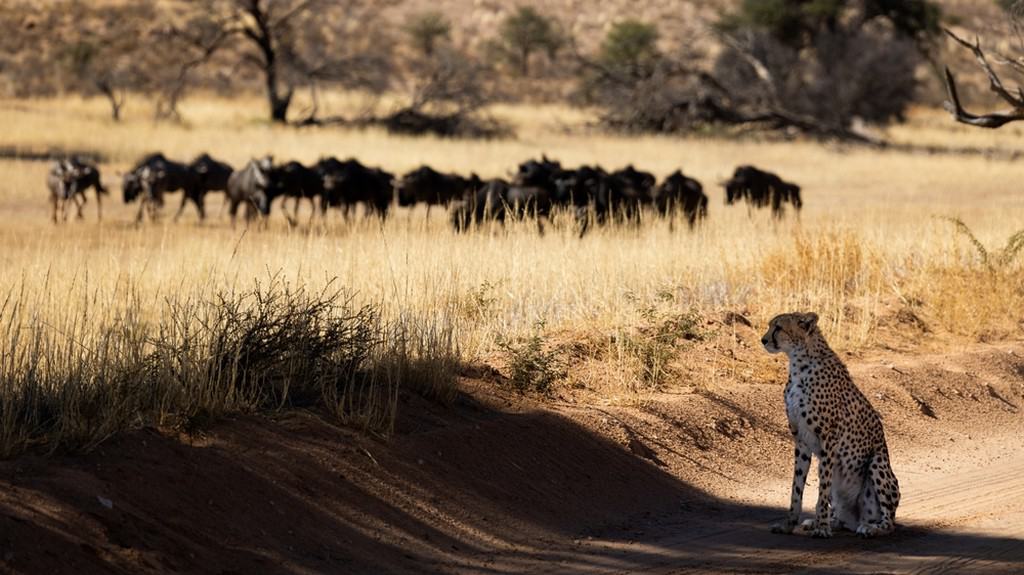
Wildebeests are central to the predator-prey dynamics of the savanna. Their presence supports a range of predators. During the migration, wildebeest become prime targets for lions, leopards, cheetah, hyenas, and crocodiles. This relationship is a fundamental aspect in the natural balance of the savanna. The dynamic regulates predator and prey populations and maintains ecological stability.
One study found that an average of 6,250 wildebeests drown or are trampled crossing the Mara River every year. Another 250,000 die during the migration due to predation, starvation, disease, and exhaustion.
9. Wildebeests Use Swarm Intelligence
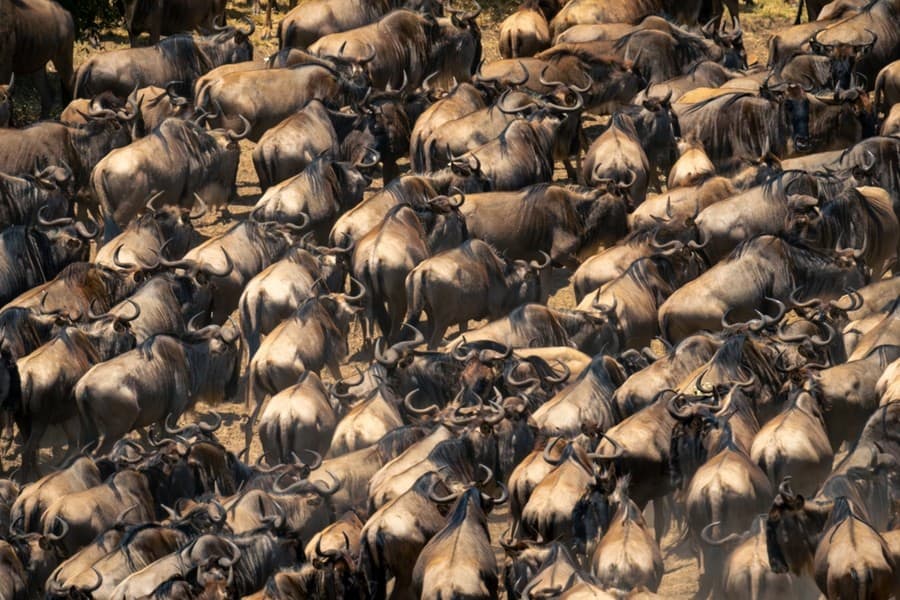
Wildebeest are social animals and live in large herds, sometimes numbering in the tens of thousands. They communicate through sight and smell but are also very vocal. Their grunts and moans serve as signals, helping to keep the herd together.
Wildebeests exhibit swarm intelligence, a form of collective learning and decision-making based on decentralized, self-organized systems. The concept refers to the way individual members of a group interact with each other and their environment, leading to intelligent group behavior. This is often seen in ants, bees, birds, and fish.
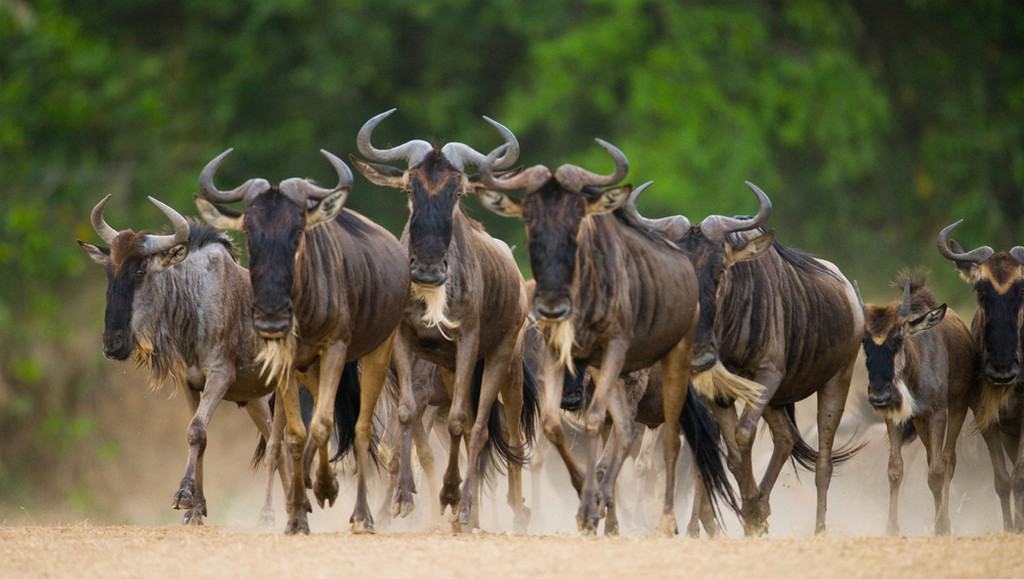
Despite the absence of a single leader, wildebeest herds are able to navigate vast distances, find water and food, and avoid predators. This coordination is a result of simple rules followed by each individual, such as aligning with neighbors and moving towards areas with more members. For instance, when crossing rivers, individual wildebeest benefit from the actions of others, learning from their successes and failures. This collective learning reduces individual risks and increases the chances of survival for the group.
10. Wildebeests Have Ancient Lineage
Wildebeests are one of the oldest members of the antelope family. Their evolutionary journey spans millions of years. Blue wildebeest evolved at least 2.5 million years ago and black wildebeest diverged as a separate species around 1.5 million years later. Their distinct features, such as the large forequarters and sloping backs, are the result of evolutionary adaptations to their environment.
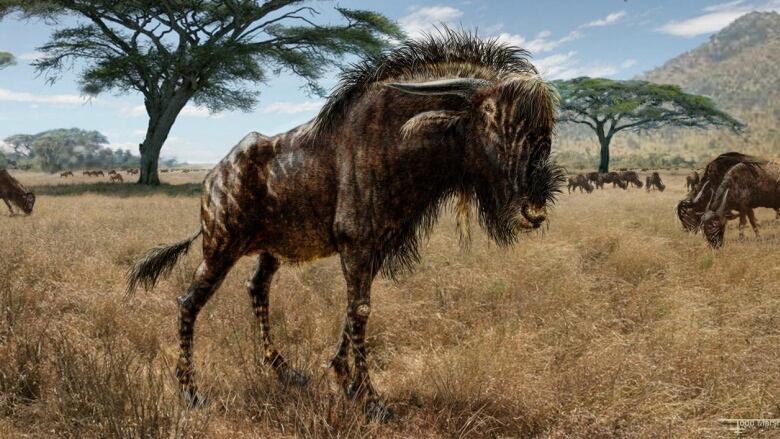
Rusingoryx atopocranion is an extinct species related to the modern wildebeest. It once lived in the Pleistocene era, primarily identified through fossil remains found in Lake Victoria, Kenya. One of the most striking features of Rusingoryx is its unusual nasal structure. It had a hollow, trumpet-like nasal dome, similar to what is seen in dinosaurs. The nasal dome is believed to have been for low-frequency sound production used for communication.
Wildebeest Quick Facts
- Scientific Name: Connochaetes taurinus (Blue Wildebeest), Connochaetes gnou (Black Wildebeest)
- Common Name: Wildebeest, Gnu
- Size: Approximately 4-5 feet tall at the shoulder, body length of 6-8 feet
- Weight: 260-600 pounds
- Lifespan: 10-20 years in the wild
- Diet: Herbivore, primarily grasses
- Habitat: Grasslands, savannas of Eastern and Southern Africa
- Conservation Status: Least Concern (Blue Wildebeest), Near Threatened (Black Wildebeest)
To witness these amazing animals in their natural habitat, join us on a safari adventure.




















































